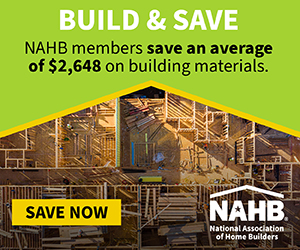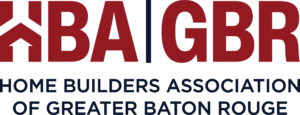
After four consecutive months of gains, consumer confidence fell to near a three-year low in March due to a deterioration in the short-term outlook.
The Consumer Confidence Index, reported by the Conference Board, slipped 12.6 points from 132.6 to 120.0 in March, the lowest reading since September 2017, as intensive coronavirus outbreak and extreme volatility in the financial markets have increased uncertainty about the outlook for the economy and jobs. The Present Situation Index fell 1.6 points from 169.3 to 167.7, and the Expectation Situation Index dropped 19.9 points from 108.1 to 88.2.
Consumers’ assessment of current business conditions weakened in March. The shares of respondents rating business conditions “good” remained virtually unchanged at 39.6%, while those claiming business conditions “bad” rose by 0.6 percentage point to 11.4%. Meanwhile, consumers’ assessment of the labor market was also less favorable. The share of respondents reporting that jobs were “plentiful” decreased by 1.6 percentage points, while those saw jobs as “hard to get” remained unchanged.
Consumers were significantly less optimistic about the short-term outlook. The share of respondents expecting business conditions to improve declined from 20.6% to 18.2%, while those expecting business conditions to deteriorate rose from 7.2% to 14.9%. Similarly, expectations of employment over the next six months were less favorable. The share of respondents expecting “more jobs” fell by 1.1 percentage points to 15.5%, while those anticipating “fewer jobs” increased by 5.1 percentage points to 17.1%.
Despite the overall decline, the Present Situation Index remained relatively strong, indicating the economy was on solid footing. However, according to the Conference Board, March’s decline is more in line with a severe economic contraction rather than temporary shock, and further declines are expected.
The Conference Board also reported the share of respondents planning to buy a home within six months. The share of respondents planning to buy a home decreased to 5.4% in March. The share of respondents planning to buy a newly constructed home dropped to 1.6%, and for those who planning to buy an existing home fell to 2.4%.

















